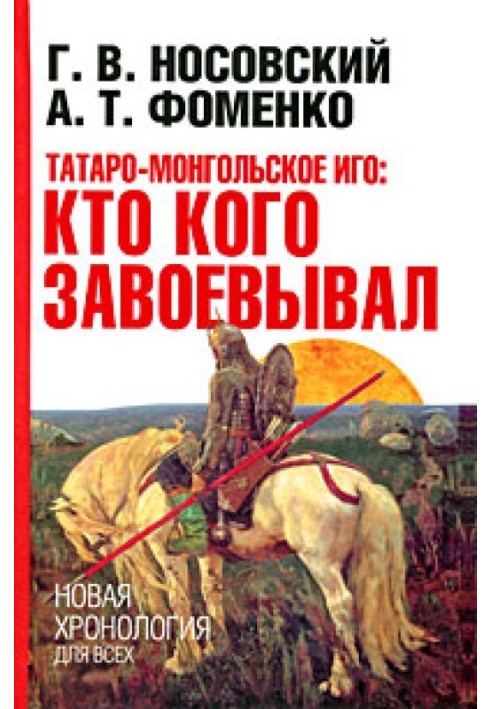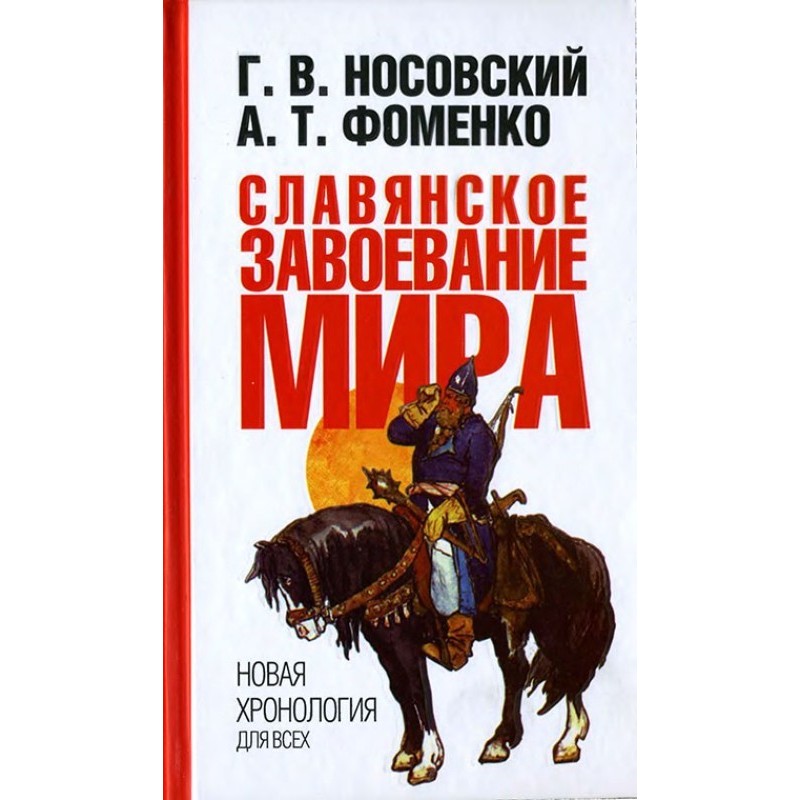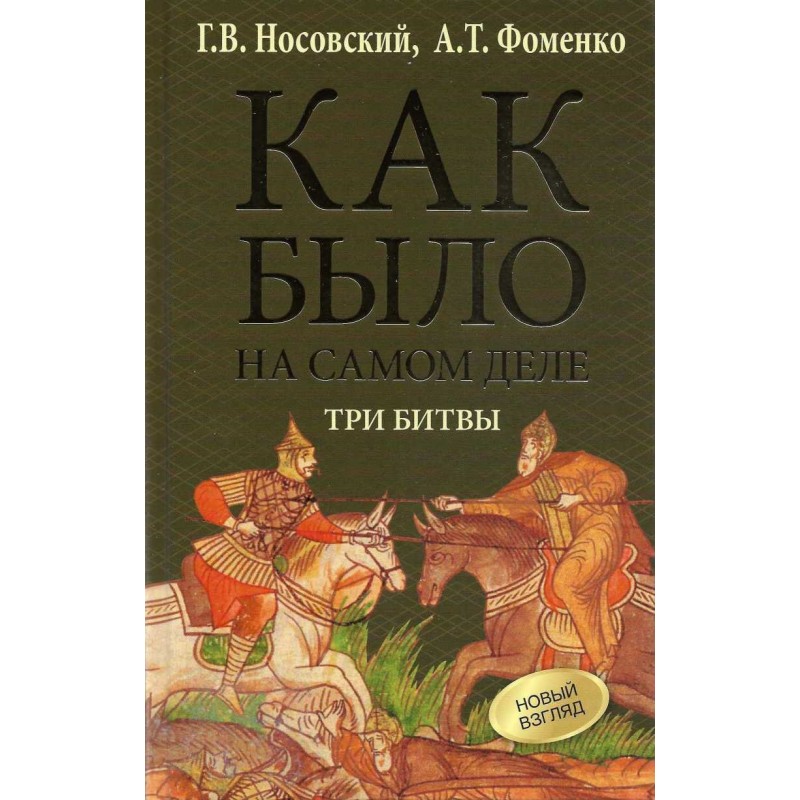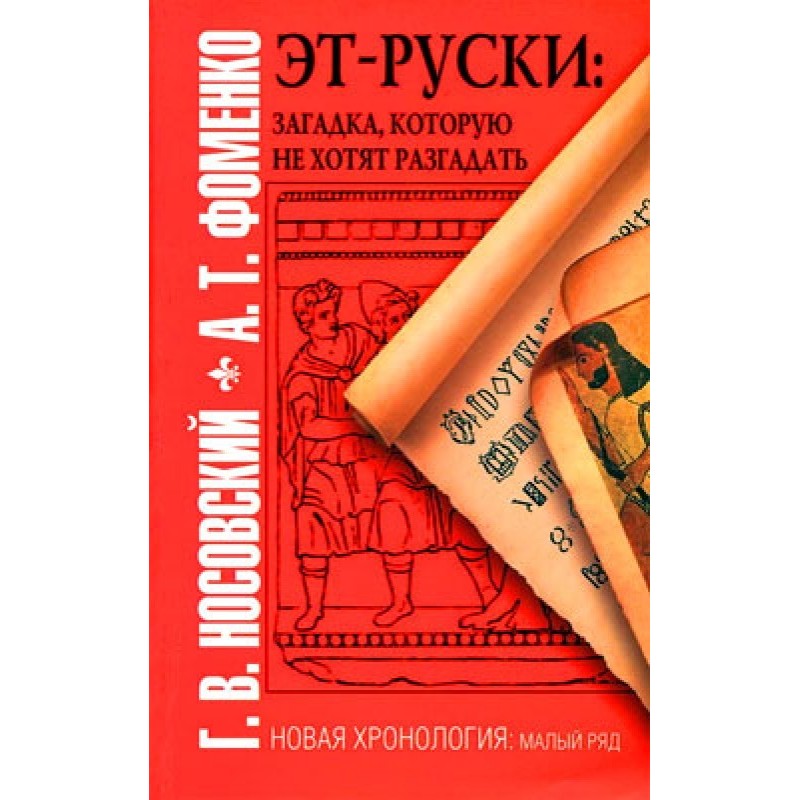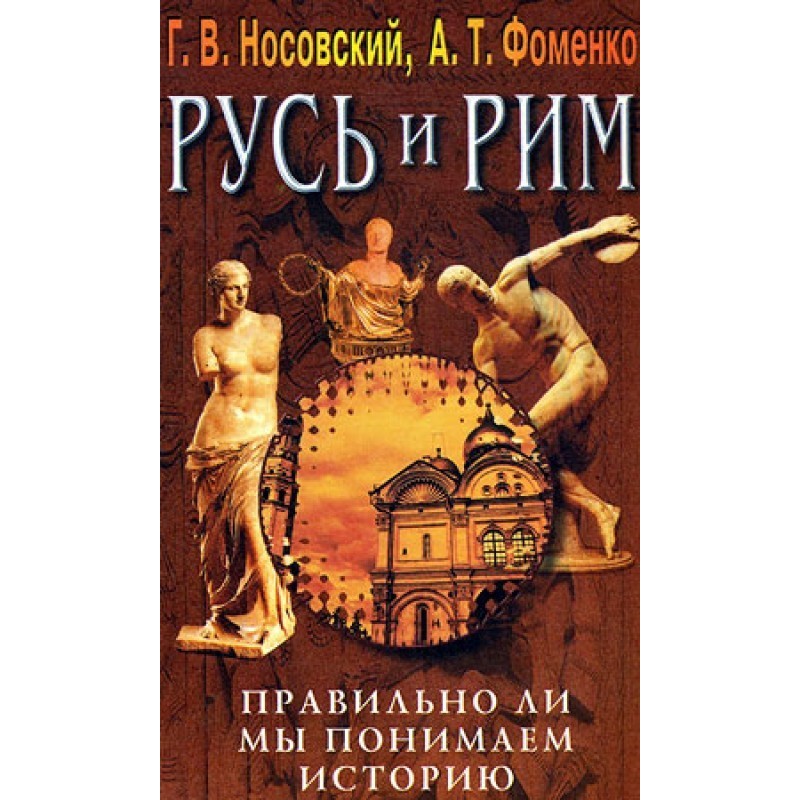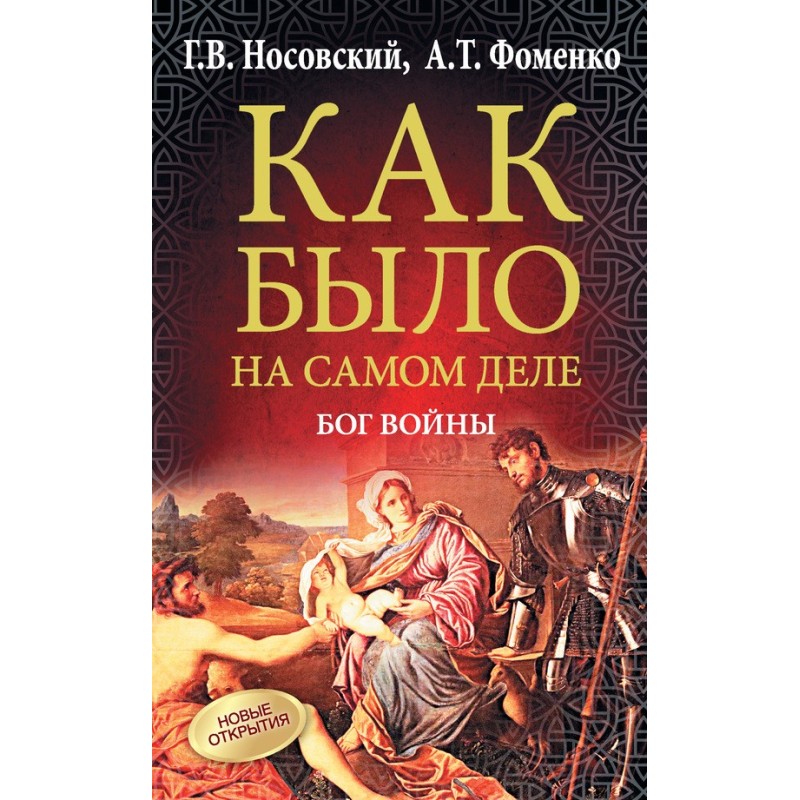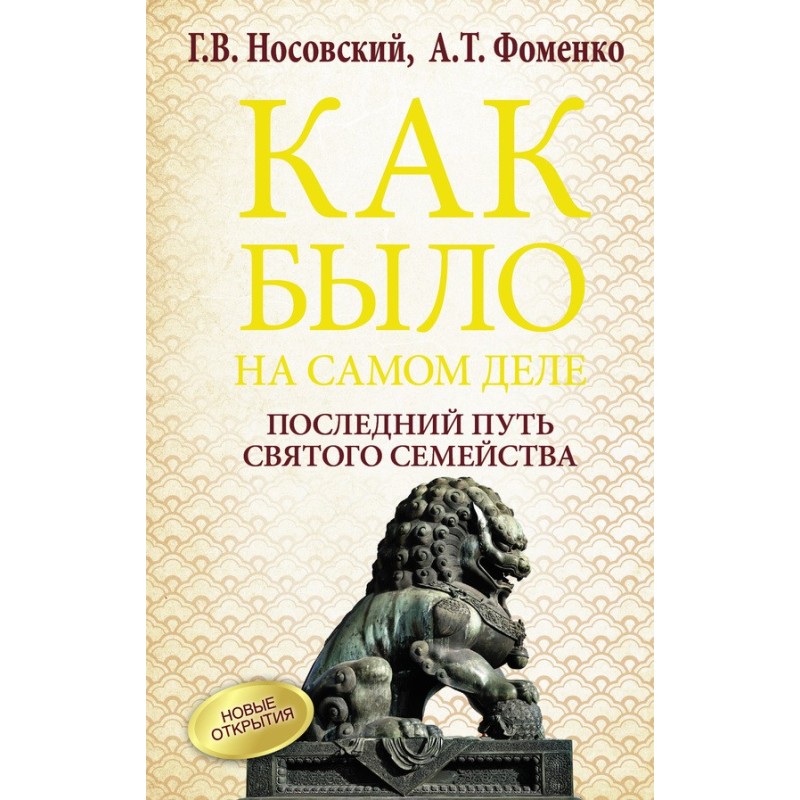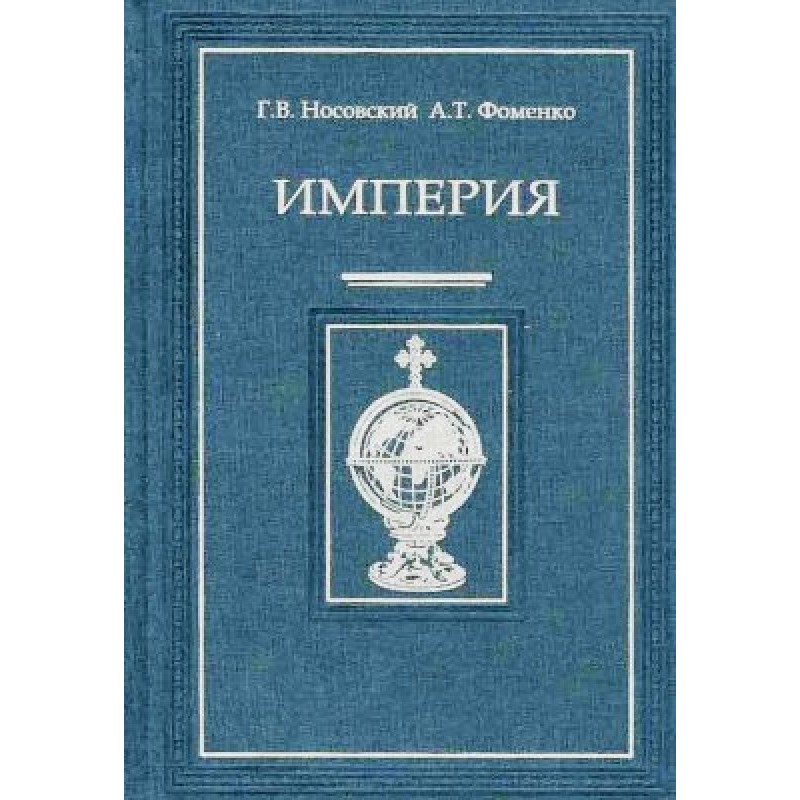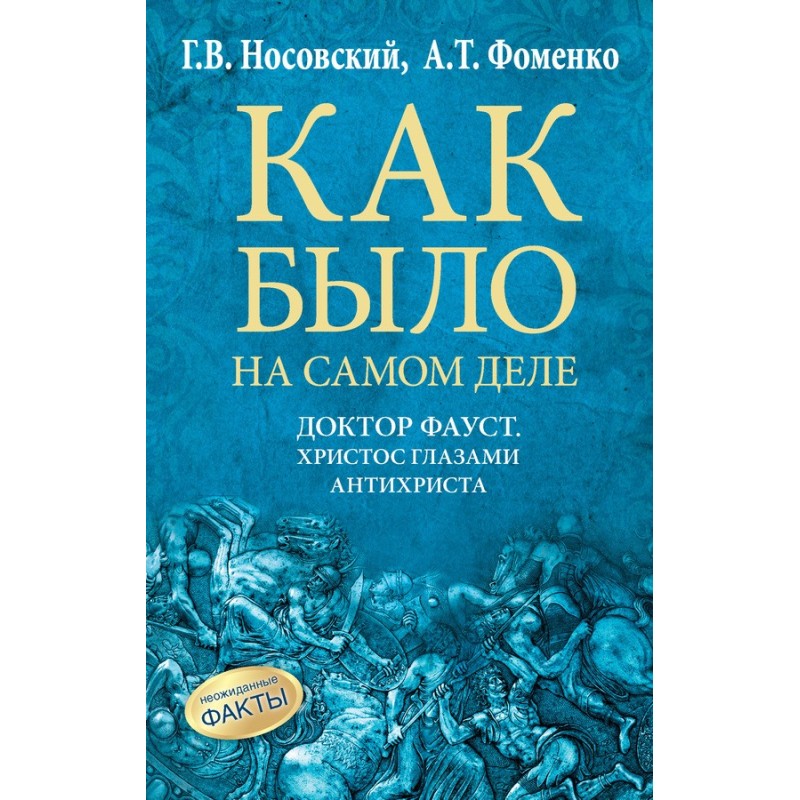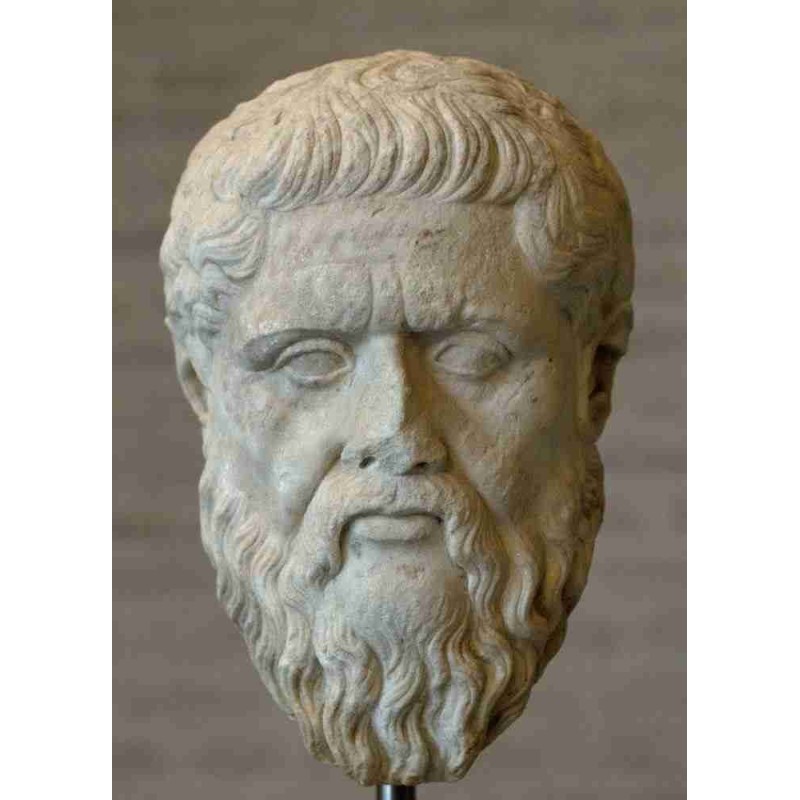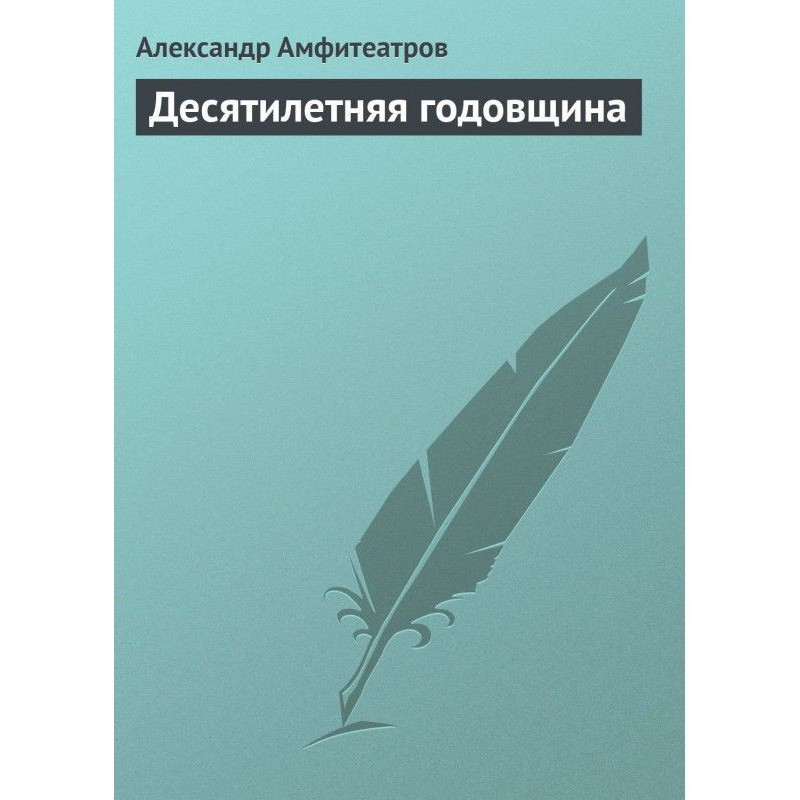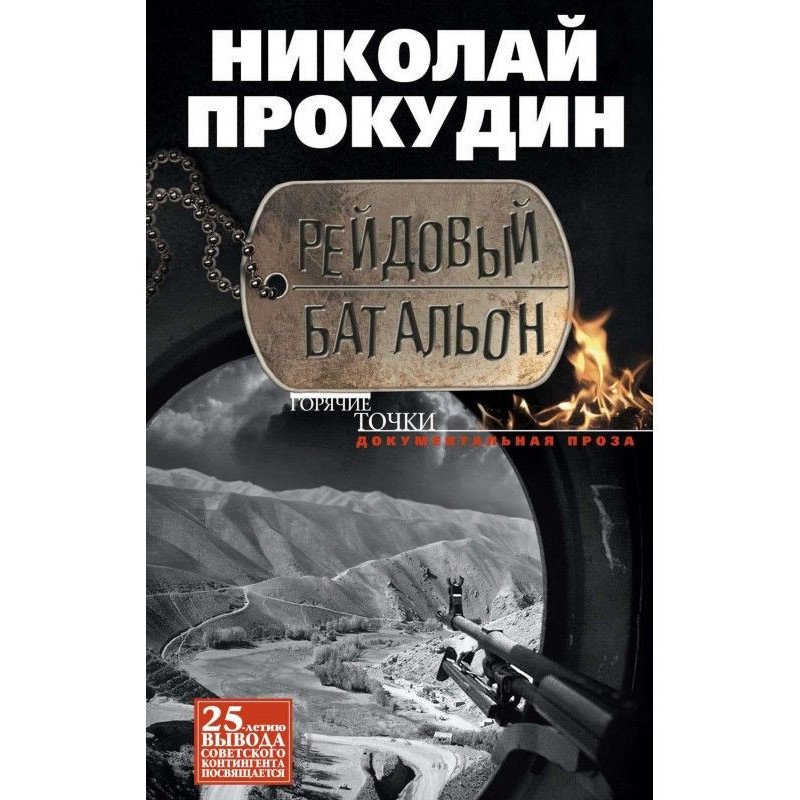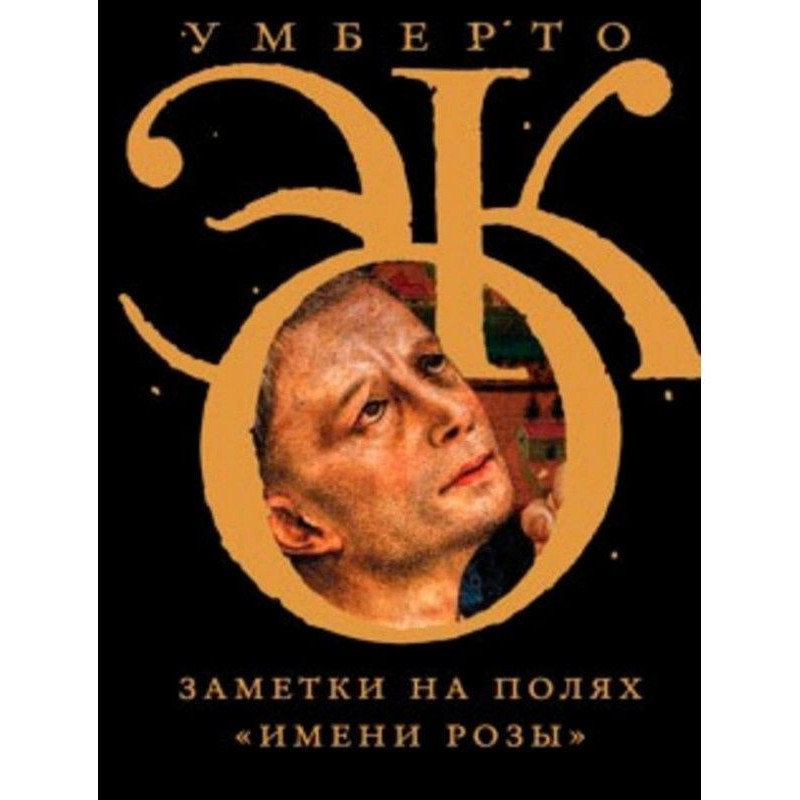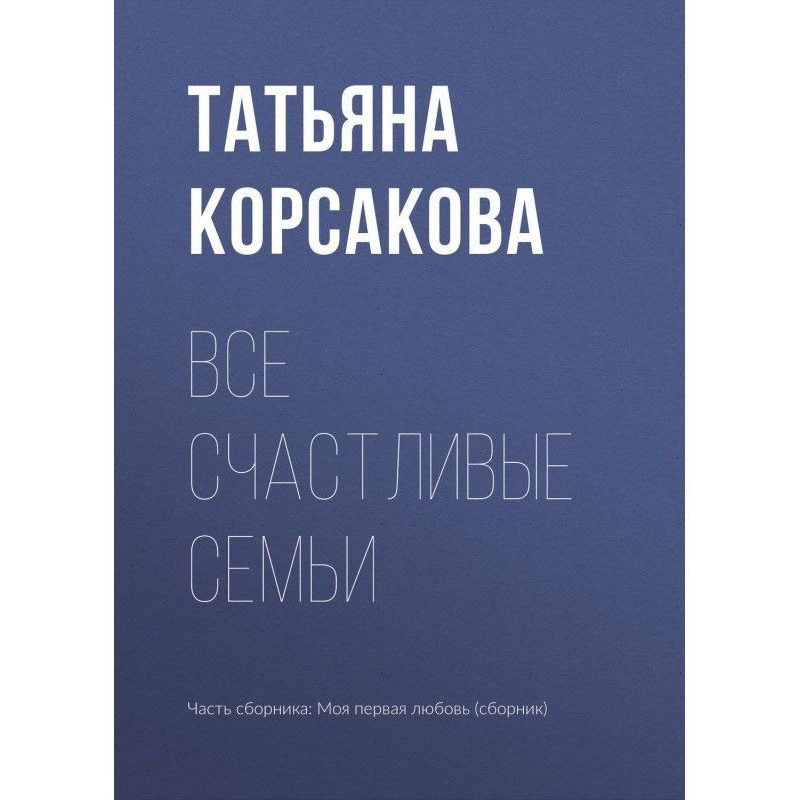Tatar-Mongol yoke. Who conquered whom?
 Instant download
Instant download
after payment (24/7)
 Wide range of formats
Wide range of formats
(for all gadgets)
 Full book
Full book
(including for Apple and Android)
This book is the seventh in a new series dedicated to a complete, but at the same time, accessible presentation of the ideas and results of the scientific direction "New Chronology". Based on the new chronology and surviving documents, the authors proposed a reconstruction of Russian and world history of antiquity and The Middle Ages, according to which, in particular, the view of the “Tatar-Mongol” yoke radically changes. The “Tatar-Mongols” turn out to be not wild nomads who arrived in Rus' tens of thousands of miles from modern Mongolia, but Russian people of the 12th-14th centuries. They always lived on their ancestral land and began in the 14th century the great conquest of the world, which in later chronicles was called the “Mongol” conquest. The great “Mongol” conquest covered, in particular, Western Europe. Moreover, for the internal parts of Europe, remote from the waterways, as the authors prove, this was not even a conquest, but rather colonization. Since at that time, in the ancient (according to the new chronology) XIV century AD, the interior regions of Europe for the most part had not yet been developed by civilization.
The book requires a minimum of special knowledge from the reader and is intended for all those who is interested in the application of natural science methods to domestic and world history.
Data sheet
- Name of the Author
- Анатолий Фоменко Тимофеевич
Глеб Носовский Владимирович - Language
- Russian
Reviews
Вражаюче переосмислення історії!
Книга "Татаро-монгольське іго. Хто кого завойовував" є неймовірно цікавою та провокаційною. Автори пропонують новий погляд на події середньовіччя, які традиційно сприймалися як однозначні. Вони розкривають, що "татаро-монголи" насправді були російськими людьми, які мали свої корені на цих землях, і це відкриття змінює наше розуміння історії. Книга написана доступною мовою, що робить її зрозумілою навіть для тих, хто не має глибоких знань з історії. Я вважаю, що це важливий внесок у вивчення нашого минулого, який спонукає до нових роздумів і досліджень. Рекомендую всім, хто цікавиться історією та хоче дізнатися більше про справжні події, що формували нашу цивілізацію.

